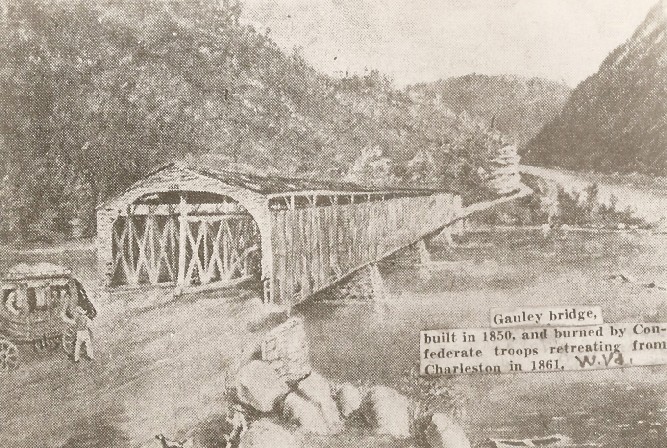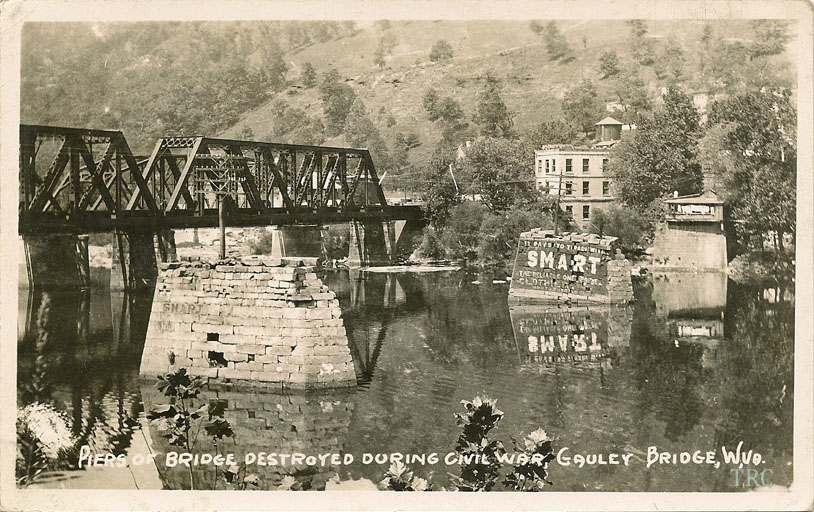Battle of Fayetteville
The Battle of Fayetteville occurred in Fayette County, Virginia (now West Virginia), on September 10, 1862, during the American Civil War. A Confederate Army, consisting of multiple brigades commanded by Major General William W. Loring, drove away a Union brigade commanded by Colonel Edward Siber. The battle is part of the Kanawha Valley Campaign of 1862.
During August 1862, Union Brigadier General Jacob Dolson Cox was ordered to move his Kanawha Division from southwestern Virginia to Washington as reinforcement for Major General John Pope's Army of Virginia. Cox left behind a small force of about 5,000 men, which was under the command of Colonel Joseph Andrew Jackson Lightburn. Confederate leadership found out about the depleted force, and sent Loring to drive the remaining Union soldiers out of the Kanawha Valley. Loring had a force of about 5,000 men, but some people believed his force numbered as many as 10,000.
Lightburn's troops were divided into two brigades. His First Brigade, commanded by Colonel Siber, was stationed at Fayetteville, which put it between the Kanawha Valley and Loring. The Battle of Fayetteville was the first battle in Loring's attempt to accomplish his objective of clearing the Kanawha Valley, and his force was about four times the size of Siber's—although Siber's men had the protection of fortifications. Lightburn's other brigade was further north and not involved in the battle. Loring moved one brigade to Siber's right flank, while another made a frontal attack. Siber held off Loring for the whole day, but realized he was nearly surrounded. After midnight, Siber's force escaped north to the Kanawha River. Loring pursued, beginning a series of skirmishes that led to the Battle of Charleston.
Gauley Bridge, Fayette County, WV
During the Civil War, the bridge was hotly contested as the Confederate and Union troops tried to gain a hold on the upper Kanawha River valley. From 1861 through 1862, Gauley Bridge changed hands three times until the confederate troops were pushed southeast into Greenbrier County. As troops battled over possession of the bridge, it was burned, rebuilt and burned again.

